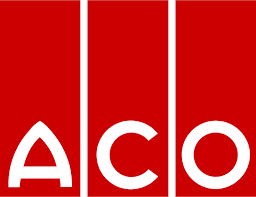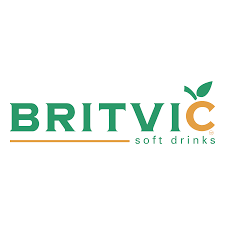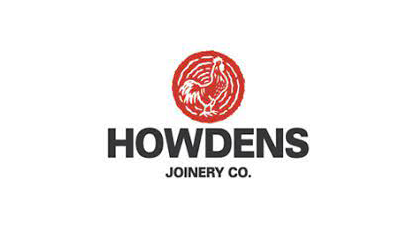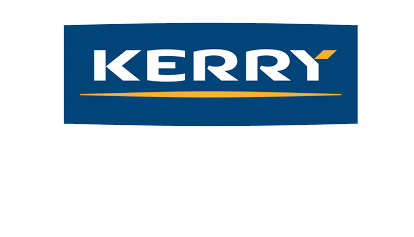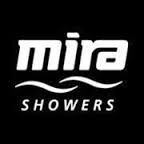
- Details
- Category: Resources
For assets that have achieved stable operation by establishing basic conditions, the next step involves locking in the gains by investing time to prevent the causes of recurring problems.
That includes the reduction of accelerated deterioration which is a significant factor in component failures. This can be due to, for example, contamination or scattering of dust and dirt or skill and knowledge gaps due to:
- unclear or incomplete work instructions
- complex working methods
- lack of training.
The aim is to enhance work routines so that they are easy to do right, difficult to do wrong and simple to learn to
- Reduce failures, defects and energy usage
- Improve workforce flexibility and speed up skill development.
At the heart of this process are the steps of the Asset Improvement Plan (AIP) which provide a framework for improvement teams to gain an insight into asset mechanisms, establish basic conditions and systematically improve effectiveness.

THE VISUALISE CYCLE
Helps the team to understand the asset or system under review, how it should work and what its potential is. This cycle provides foundation knowledge to support the development of condition and best practice standards. It also raises understanding of cause/effect mechanisms to supports the development of lasting solutions to equipment problems.
THE RESTORE CYCLE
Guides the team in the assessment of asset condition standards and development of best practice for operating and maintaining the asset. This includes the use of Single Point Lessons to structure training and standardise the application of best practices.
THE INNOVATE CYCLE
Supports the selections of appropriate focussed improvement and problem prevention tools to systematically increase effectiveness.
Included in this cycle are tools to encourage innovation, improve process capability and apply visual management to make tasks easy to do right, difficult to do wrong.
For more information use the contact form, email or call +44 (0)1491 845504.

